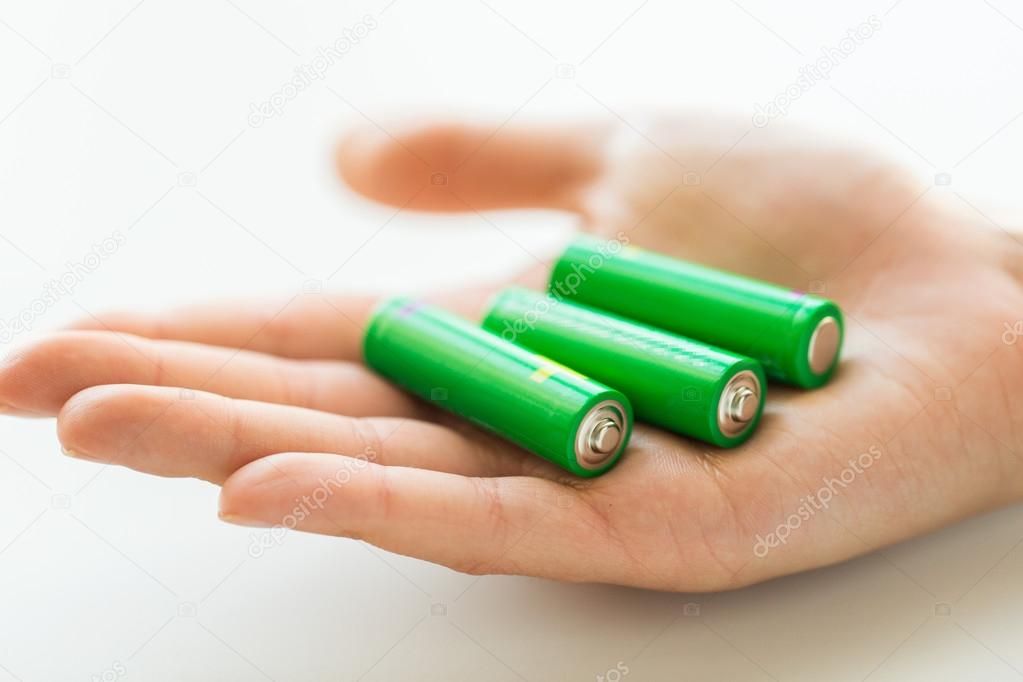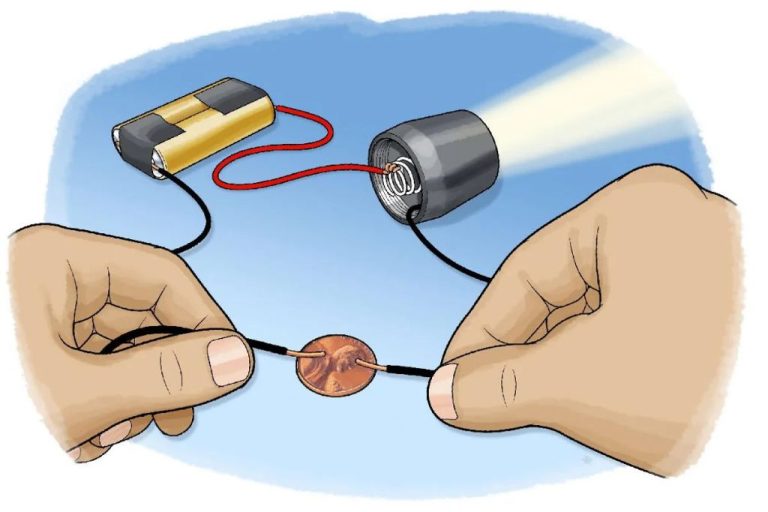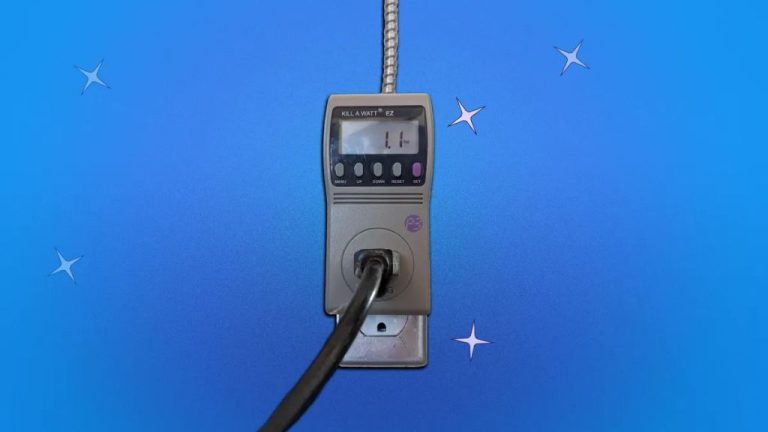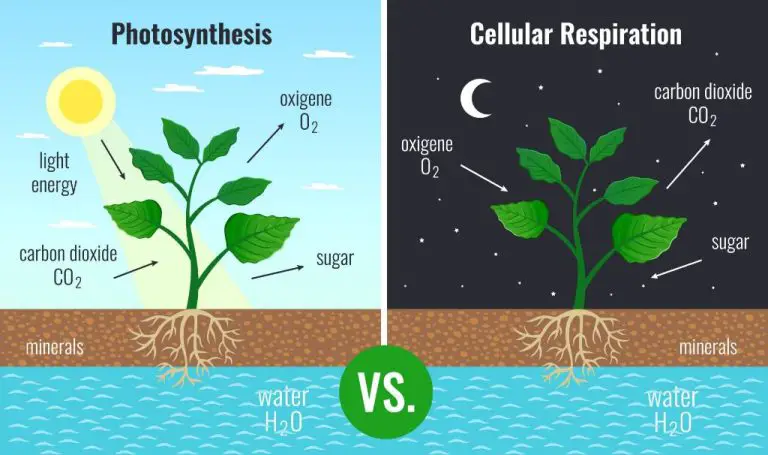How Long Does A Battery Last?
Batteries power many of our everyday devices and appliances, from smartphones and laptops to remote controls and even electric vehicles. But no battery lasts forever. The lifespan of a battery depends on a variety of factors, including the type of battery, how it is used and charged, temperature, and other environmental conditions.
In general, batteries gradually lose their ability to hold a charge over hundreds or thousands of charge/discharge cycles. Eventually, a battery will need to be replaced once its capacity becomes too low to power the intended device properly. With the right type of battery and proper care, users can maximize battery lifespan. But there are limits to how long even the highest quality battery can continue to function at peak performance.
This guide will provide an in-depth look at the expected lifespan of different battery types under various conditions. We’ll explore the inner workings of a battery and explain how factors like charging patterns, storage temperature, and usage demands impact longevity over time. With this knowledge, you can make informed choices to optimize battery life for your specific needs.
Types of Batteries
There are many different types of batteries, each with their own unique properties, advantages and disadvantages. The most common battery chemistries include:
Alkaline Batteries
Alkaline batteries are a mature and inexpensive battery technology. They contain an alkaline electrolyte, typically potassium hydroxide. Alkaline batteries are commonly available as single-use AA and AAA batteries. They have a higher energy density compared to zinc-carbon batteries, can operate in a wider temperature range, and have a longer shelf life. However, alkaline batteries have a lower discharge rate and cannot provide as much current as lithium-ion batteries.

Lithium-Ion Batteries
Lithium-ion (Li-ion) batteries are rechargeable batteries that have a high energy density and power density. They are commonly used in consumer electronics like smartphones and laptops. Li-ion batteries use lithium metal oxide cathodes and graphite anodes. They require a protection circuit to maintain voltage and current within safe limits. Li-ion batteries have high efficiency, hold their charge well, and have no memory effect. However, they can degrade faster if overcharged/discharged and have potential safety risks if damaged/defective.
Lead-Acid Batteries
Lead-acid batteries are a mature rechargeable battery technology based on lead electrodes and sulfuric acid electrolyte. They are commonly used in vehicles and backup power systems. Lead-acid batteries have high power density, low cost, and are very durable. However, they are heavy, have lower energy density than lithium-ion, and can spill dangerous acid if damaged. Lead-acid batteries also suffer capacity loss if drained completely.
Battery Construction
Batteries are complex electrochemical devices that convert chemical energy into electrical energy. Their construction involves many intricate components that enable this energy conversion.
The basic components found inside most batteries include:
- Anode – The negative electrode that gives up electrons to the external circuit.
- Cathode – The positive electrode that accepts electrons from the external circuit.
- Electrolyte – The chemical medium that allows ion flow between the electrodes.
- Separator – The porous barrier that prevents direct contact between the electrodes.
- Current collectors – The conductors that transfer electrons to and from the electrodes.
- Case – The housing that contains all the internal components.
The materials used in each component vary based on the battery chemistry. Lead-acid batteries use lead electrodes and a sulfuric acid electrolyte. Lithium-ion batteries use lithium metal oxide cathodes, graphite or lithium titanate anodes, and lithium salt electrolytes. The separator is typically made of porous plastic or glass fiber, while copper and aluminum serve as current collectors in most designs.
Battery manufacturing requires carefully engineered processes. Electrodes are constructed by applying active materials onto metallic foils, which are then cut to size and shaped. The electrolyte is prepared with precise chemical formulations. Layers are stacked or wound together, inserted into cases, then sealed. Initial charging activates the battery’s electrochemical properties.
Quality control and testing ensures batteries meet performance standards before leaving the factory. Understanding battery construction provides insight into their inner workings and capabilities. Proper materials and manufacturing are critical to optimizing battery life and reliability.
Battery Capacity
Battery capacity is a measure of how much electric charge a battery can deliver over its lifetime, which directly correlates to how long it will last on a single charge. Capacity is measured in milliampere-hours (mAh). The higher the mAh, the more energy the battery can store and provide over time.
For example, a 3000 mAh battery can theoretically provide 3000 mA of current for 1 hour before being fully depleted. Or it could provide 1500 mA for 2 hours, or 300 mA for 10 hours, and so on. The mAh rating is like the size of the “fuel tank” – higher capacity batteries run devices for longer between charges.
However, battery capacity naturally degrades over time and usage. Every charge/discharge cycle stresses the battery and reduces its total mAh capacity. Higher capacity batteries allow for more cycles before dropping below usable levels. Quality manufacturing and materials also play a role in maintaining capacity over time. So when comparing battery life, both stated mAh and lifespan ratings are important.
Charging and Discharging
The way a battery is charged and discharged has a significant impact on its lifespan. Improper charging and discharging can reduce a battery’s capacity over time and shorten its life expectancy. Understanding these processes and taking steps to optimize them can help maximize battery longevity.
When charging, following the manufacturer’s recommendations regarding voltage and charger specifications is important to avoid damage. Overcharging a battery by leaving it plugged in after it’s fully charged can cause internal chemical changes that reduce capacity. High temperatures during charging also accelerate capacity loss. The optimal approach is to charge to 100% then promptly disconnect once fully charged.
For discharging, the main considerations are avoiding full discharges and heat buildup. Fully draining a battery before each recharge strains the battery and reduces lifespan. It’s better to recharge frequently before the battery is empty. Using energy-intensive apps that generate excess heat while discharging can also degrade batteries over time. Letting batteries cool down between cycles promotes longevity.
By staying within operating limits, charging fully then disconnecting promptly, avoiding unnecessary deep discharges, and allowing proper cooling, batteries can reach their maximum potential lifespans.
Environmental Factors
Environmental factors like temperature and humidity can affect how long a battery lasts. In general, cold temperatures tend to reduce a battery’s performance and lifespan. This is because chemical reactions within the battery slow down in cold conditions, reducing the rate at which the battery can deliver power. Dramatic temperature swings can also stress the battery and accelerate capacity loss over time.
Similarly, high humidity or exposure to moisture can potentially corrode battery terminals and internal connections. This can increase resistance and impair the battery’s ability to deliver current. Humid conditions may also allow condensation to form inside the battery housing, which can short circuit and damage battery components. Maintaining batteries in moderate temperature and humidity levels between 20-25°C (68-77°F) and 45-75% relative humidity is optimal for maximizing performance and lifespan.
Usage Patterns
How often a battery is used and how deeply it is discharged during each use will significantly impact its lifespan. Frequent usage where the battery is deeply discharged each time will lead to faster degradation than occasional use with shallow discharges.
For example, a battery used multiple times per day to near zero charge will degrade much faster than one that is used only occasionally and rarely discharged below 50%. The more cycles of deep discharge, the quicker capacity fades.
Batteries used in devices that are plugged in frequently versus only relying on battery power will also last longer. The less often the battery is forced to provide a full charge, the fewer cycles it undergoes. Devices that stay plugged in most of the time preserve their battery life compared to those operating solely on battery power.
Maintenance
Proper maintenance is key to extending battery lifespan. Here are some tips for maintaining your batteries:
Store batteries properly when not in use. Store batteries at room temperature if possible. Cold temperatures can reduce capacity. Make sure batteries have at least a 30-40% charge if being stored for long periods. Storing batteries at full charge shortens lifespan.
Clean battery contacts regularly. Over time corrosion and dirt on the metal contacts can impede connectivity. Clean gently with a pencil eraser or alcohol swab. Don’t use anything abrasive.
Avoid leaving batteries in extreme heat. High temperatures degrade batteries faster. Don’t leave batteries in hot cars for extended periods.
Don’t overcharge batteries. Use a quality charger that stops charging when full. Overcharging damages batteries over time.
Discharge and recharge regularly. For optimal health, cycle batteries occasionally by fully discharging then recharging. Most devices do this automatically.
Battery Health
The health of a battery determines how long it will last before needing to be replaced. There are a few key ways to monitor battery health:
Check the battery capacity over time. As a battery ages, its maximum capacity slowly decreases. You can use an app or built-in utility on devices like phones and laptops to view the maximum capacity and track changes over time. A significant drop in capacity often indicates the battery is wearing out.
Monitor charging time. It takes longer for an older battery to fully charge. If you notice charging is much slower than when the device was new, the battery may be reaching end of life.
Look for swelling or damage. Some failing batteries will physically swell or bulge. Also inspect for any dents, cracks or leaks which can indicate battery damage.
Note any shutdowns. If your device randomly shuts down before the battery is fully depleted, the battery may be unable to provide stable power due to age.
By keeping an eye on these signs, you can proactively test and potentially replace batteries before total failure occurs at an inopportune time.
Maximizing Lifespan
There are several best practices that can help maximize battery lifespan:
Avoid fully discharging batteries – Fully discharging lithium-ion batteries stresses the battery and reduces capacity over time. Try to charge before the battery drops below 20% if possible.
Don’t leave batteries unused for extended periods – Store batteries at around 40% charge if they will go unused for weeks or months. Fully charging or discharging them for storage causes additional strain.
Avoid high temperatures – Heat causes lithium-ion battery capacity to degrade faster. Don’t leave batteries in hot cars or direct sunlight.
Limit fast charging – Rapid charging generates more heat and strains the battery. Try to use slower chargers when possible.
Keep batteries clean – Dirt and debris on the battery connectors can impede optimal charging and discharging.
Avoid fully charging when possible – Try not to keep batteries constantly at 100% charge, which can shorten lifespan over time. Charge to 80-90% for daily use.
Let the battery discharge a bit before recharging – Don’t constantly “top off” a battery after small amounts of use. Let it discharge around 20% before recharging.
Following best battery practices allows cells to cycle efficiently for many years before needing replacement.





